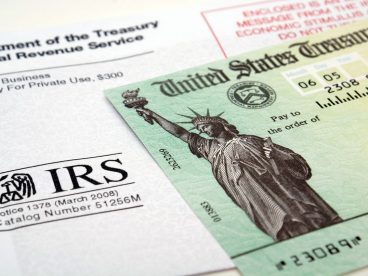Updated 12/21/2023
By Christine Tran, 2020 Get It Back Campaign Intern
The IRS has issued all first, second, and third stimulus checks for COVID relief. Learn more about the first stimulus check, the second stimulus check, and the third stimulus check.It’s not too late to claim any missed stimulus checks. You will need to file a 2020 tax return to get the first and second stimulus checks and a 2021 tax return to get the third stimulus check.You must file a 2020 tax return by May 17, 2024.
To claim your first, second, or third stimulus checks, wait until the 2024 tax season begins to get help filing your 2020 or 2021 tax return. You can also claim missed stimulus checks through GetYourRefund.org which opens on January 31, 2024.









